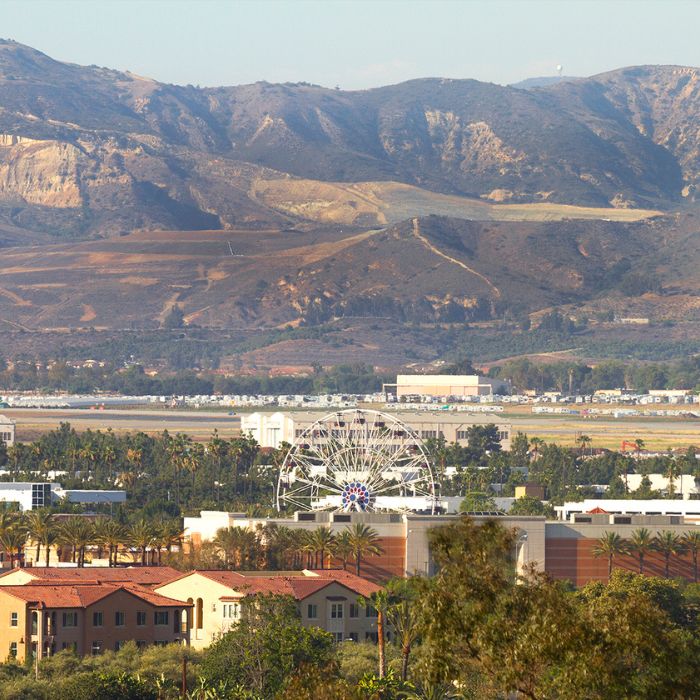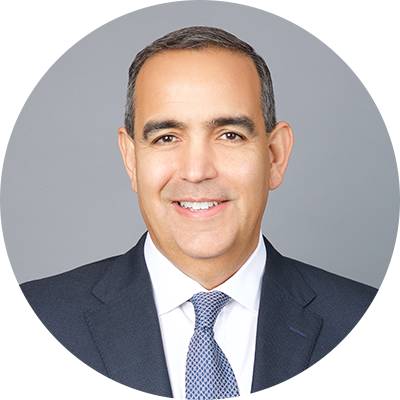
Country / Territory
Related contacts
Related contacts
Related contacts
Country / Territory
Related contacts
Related contacts
Related contacts
Explore more at Fragomen

Video
In the Mobility Minute, Practice Leader Colm Collins outlines upcoming changes to Ireland’s employment permit qualifying criteria and the steps employers should take ahead of the 1 March 2026 implementation.

Media mentions
Partner Charlotte Slocombe discusses what travellers to the US under the Visa Waiver Program need to disclose and consider before travelling.

Media mentions
Counsel Brian Hunt discussed US Customs and Border Protection's proposed changes to the ESTA application process regarding social media and additional personal information.

Media mentions
Senior Counsel Mitch Wexler explains key considerations for Indian applicants under the new Gold Card program.

Video
In this Mobility Minute, Manager Maja Sugui outlines key legalisation requirements when the Apostille Convention does not apply or when country-specific exceptions exist.

Media mentions
Partner Bo Cooper highlights that visitors to the US under the visa waiver program for the 2026 World Cup could face a more extensive ESTA application process.

Media mentions
Partners Aaron Blumberg and K. Edward Raleigh outline how recent US visa policy changes affect H-1B and H-4 workers and how employers are adjusting compliance and work authorization processes.

Media mentions
Senior Manager Katharina Vorländer emphasizes the importance of legal support in helping skilled professionals navigate work-based immigration to Germany.

Blog post
The UK expands its High Potential Individual (HPI) visa for 2025, broadening eligibility for global graduates and entrepreneurs while introducing new requirements and application caps

Media mentions
Partner Bo Cooper discusses the US proposal to expand social media screening for visitors from visa waiver countries and the broader shift it represents in travel vetting.

Video
The latest Mobility Minute features Manager Alex Hood discussing recent updates to the UK’s High Potential Individual route, including expanded university eligibility, a new annual cap and modernized governance measures.

Media mentions
Managing Partner for the Middle East and Africa Murtaza Khan discusses how the UAE’s flexible migration policies attract talent and support a competitive labour market.

Video
In the Mobility Minute, Practice Leader Colm Collins outlines upcoming changes to Ireland’s employment permit qualifying criteria and the steps employers should take ahead of the 1 March 2026 implementation.

Media mentions
Partner Charlotte Slocombe discusses what travellers to the US under the Visa Waiver Program need to disclose and consider before travelling.

Media mentions
Counsel Brian Hunt discussed US Customs and Border Protection's proposed changes to the ESTA application process regarding social media and additional personal information.

Media mentions
Senior Counsel Mitch Wexler explains key considerations for Indian applicants under the new Gold Card program.

Video
In this Mobility Minute, Manager Maja Sugui outlines key legalisation requirements when the Apostille Convention does not apply or when country-specific exceptions exist.

Media mentions
Partner Bo Cooper highlights that visitors to the US under the visa waiver program for the 2026 World Cup could face a more extensive ESTA application process.

Media mentions
Partners Aaron Blumberg and K. Edward Raleigh outline how recent US visa policy changes affect H-1B and H-4 workers and how employers are adjusting compliance and work authorization processes.

Media mentions
Senior Manager Katharina Vorländer emphasizes the importance of legal support in helping skilled professionals navigate work-based immigration to Germany.

Blog post
The UK expands its High Potential Individual (HPI) visa for 2025, broadening eligibility for global graduates and entrepreneurs while introducing new requirements and application caps

Media mentions
Partner Bo Cooper discusses the US proposal to expand social media screening for visitors from visa waiver countries and the broader shift it represents in travel vetting.

Video
The latest Mobility Minute features Manager Alex Hood discussing recent updates to the UK’s High Potential Individual route, including expanded university eligibility, a new annual cap and modernized governance measures.

Media mentions
Managing Partner for the Middle East and Africa Murtaza Khan discusses how the UAE’s flexible migration policies attract talent and support a competitive labour market.


